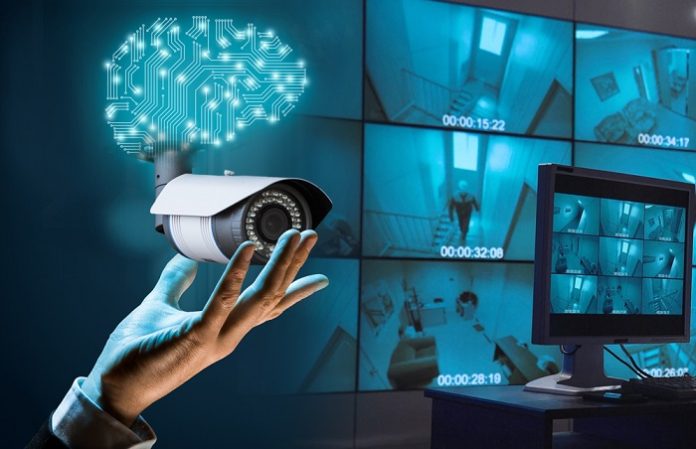We are on the cusp of monumental tech advancements, with the widespread introduction of 5G just some months away, we will soon be connected to the world in a way we never imagined possible! As we are charting this course of completely transforming the definitions of connectivity, the picture is getting clearer as to what this technology will bring to every industry, especially in the video technology sector. Taking leaps, 5G would act as an enabler to the ever-increasing requirement of safety and security. The potential of expanded bandwidth capabilities will help hybrid solutions by moving 80% of data to the cloud. Enhanced video analytic capabilities will enable me to work remotely and analyse a massive amount of data in situations such as fire, smoke, intrusion, and averting violence.
With its support for low latency, more reliability, massive network capacity, and increased availability, video technology will undoubtedly change for the better. It will push the potential use of video tech far beyond security and monitoring purposes.
Let us look at how this transformational technology is going to completely overhaul the video technology industry.
Enhanced Analytical Capabilities
The power of analytics will strengthen in the wake of 5G. As the bandwidth increases, it will become possible to connect multiple smart devices to the Internet. This will significantly better data availability thus making it easier and quicker to use analytics to recommend smarter solutions. These enhanced insights can be then used to enable better decision-making across critical industries, healthcare, retail, and manufacturing.
For example, machine-type communications can be used to monitor patients via massive sensor networks and to power smart pills that record drug ingestions to avoid medication errors. Ultra-reliable low latency communications (URLLC) will power telemedicine, remote surgery, and recovery, and augmented reality physical therapy.
Mobile surveillance footage streaming will become more critical than ever before, and 5G raises the threshold dramatically. Insights collected by CCTVs can give users a view of enhanced quality imagery on any mobile device. This allows security personnel to obtain a full understanding of a scene in real-time, making response time to any circumstance faster than ever. It is apparent that 5G will play a vital role in linking huge public-space and city-wide networks of cameras, allowing for the continuous availability of high-definition video feeds for situational awareness and analytics-driven insights.
Winning with Speed
With 5G capabilities, you can save precious seconds which could potentially impact real-time responses to any incident. Without any lag time or slow download and upload times, authorities and security personnel can view the video footage instantaneously, ensuring that they can respond immediately to any threat or emergency.
5G provides enhanced bandwidth (eMBB) and ultra-reliable low latency (uRLLC) services which when coupled with Multi-Access Edge Compute (MEC), near-elimination of responsiveness (aka latency) will boost any video surveillance applications. It also significantly increases the image quality as 5G promises to support 4k /8K HD quality video streaming.
Connect like never before
Because cameras can easily be connected to 5G networks, video surveillance services on 5G can also be deployed simultaneously. In areas where surveillance cameras are required to capture extensive spaces, such as in cities or at public attractions, wireless frequencies can exhibit lag due to major congestion of devices. This is where 5G networks have an immense role to play in easing up the congestion. Creating the ability for more devices to connect at faster with uninterrupted speeds. For example, the current 4G capacity is around 1 million devices over 500 kilometres; with 5G, this same number of devices will fit and function on the same network in one square kilometre. And the ability to define network ‘slices’ means that 5G can offer dedicated portions of network capacity for specific applications, doing away with the need to share capacity with multiple users.
Beyond Security
The adoption of the 5G network can transform the healthcare sector in the post-pandemic era. applications, such as virtual reality for medical training, telemetry, and online booking systems, as well as real-time medical data management, will drive transformation.
Video when integrated with audio can be used with AI to provide notifications if a patient has fallen or is having breathing trouble. The health staff can be notified immediately whenever there is any form of distress and respond accordingly.
As cameras and sensors improve, and the emergence of 5G along with technologies like the Internet of Things (IoT) become more deeply integrated with video management systems, video technology is no longer isolated to the security industry but is also being used to bring value across healthcare, smart cities, and another line of businesses.
“We are in the era where we will see how 5G is going to expand the opportunities with video technology, offering users benefits of the technology they never would have imagined.”
Authored Article by:










